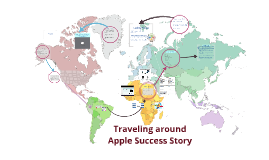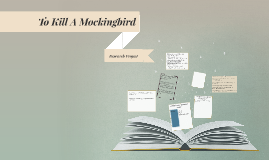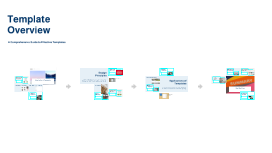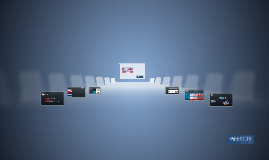Template Overview
Transcript: Photos Reusable assets Template Overview Ante molestie mattis arcu gravida viverra adipiscing volutpat. Ultrices eget viverra eu lectus ullamcorper. Consequat dictum tristique lectus augue felis nascetur amet non. Velit sit placerat tincidunt integer amet massa justo risus netus. Ornare sagittis malesuada varius cursus ipsum erat libero metus eget. Colors Assets A Comprehensive Guide to Effective Templates 04 01 02 03 Title Aa Aa Subtitle S M W T T S F Paragraph Aa Aa Business Templates Layout and Structure User Feedback Integration Maintaining Relevance A well-thought-out layout is crucial for readability and functionality. Templates should organize information logically, prioritize key content, and guide users seamlessly through the material. Business templates, such as reports, invoices, and proposals, optimize workflows and ensure standardization. They save time, minimize errors, and maintain professionalism, providing a consistent framework for communication. Regularly update templates to stay current with design trends and user preferences. Schedule periodic reviews to assess the effectiveness of templates and make necessary adjustments. Integrating user feedback is crucial for template improvement. Continually gather insights through surveys and user testing to identify areas for enhancement and adapt templates to better fit user needs. Design Principles Educational Templates Definition of Templates Tools for Template Creation Color Schemes Introduction to Templates Understanding design principles ensures that templates are both functional and visually appealing. Proper application of layout, color, typography, and hierarchy creates a cohesive experience for users. Educational templates, including lesson plans, grading sheets, and presentation formats, enhance teaching efficiency. They provide structure and save time for educators, allowing a focus on curriculum delivery and student engagement. Color schemes play a vital role in conveying mood and brand identity. Using complementary colors can enhance visual appeal while maintaining readability and viewer engagement. Templates are standardized formats or frameworks used to facilitate the creation of documents, presentations, or projects. They provide a consistent structure that guides users in organizing content effectively. Several tools facilitate effective template creation, including Canva, Google Docs, and Adobe InDesign. These platforms offer various features that streamline the design process and enhance collaboration. Templates serve as pre-designed structures that streamline various tasks, saving time and increasing efficiency. Understanding their definition, importance, and components is essential for effective usage. Applications of Templates Key Components of Templates Importance of Templates Consistency in Design Marketing Templates Best Practices Templates serve diverse functions across various sectors, facilitating efficiency and consistency. Whether in business, education, marketing, or event planning, tailored templates streamline processes and enhance productivity. Key components of effective templates include layouts, styling guidelines, and content placeholders. These elements guide users in placing their information while maintaining a cohesive design. Consistency across all template elements establishes brand identity and builds user trust. Maintaining uniformity in styles, colors, and layouts creates a cohesive experience. Templates enhance productivity by offering ready-made designs that reduce the time needed for formatting. They also ensure consistency in branding and communication across various materials. Marketing templates, such as social media posts, ads, and email campaigns, enable consistent branding and messaging. These templates allow marketers to quickly adapt content while maintaining alignment with marketing strategies. Implementing best practices in template usage maximizes efficiency and effectiveness. From customization to user feedback integration, these strategies ensure templates are relevant and user-friendly. Typography Choices Types of Templates Customization Techniques Visual Hierarchy Typography significantly impacts user engagement and readability. Choose fonts that align with the brand while ensuring legibility across various devices and screen sizes. Event Planning Templates Visual hierarchy directs the viewer’s attention to key elements within a template. Utilizing size, color, and spacing effectively can guide users through the content seamlessly. Common types of templates include business proposals, marketing materials, educational plans, and event agendas. Each type serves a specific purpose and can be customized to meet unique needs. Templates should always allow for easy customization to meet specific needs. Adapt elements like colors, fonts, and layouts based on user preferences or branding guidelines while maintaining their core structure. Event planning templates, including checklists,

















